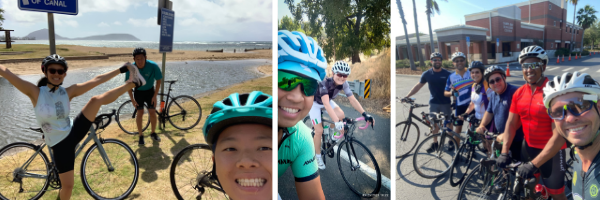- Home
- LEARN
- Social
- Leaderboards
- App & Map
- Info
- SIGN UP NOW
- LOG IN
- English (USA) 🇺🇸
At Love to Ride we have one simple mission, to get more people riding bikes!

It started out way back when Thomas, our CEO, ran a biking challenge in New Zealand as his summer job. He realized it was a great way to encourage more people, worldwide, to fall in love with all the benefits of riding a bike. After bikeloads of research, and gradually building the best team, we now work with municipalities and businesses around the world.
How does it work?
Riding your bike for fun, transportation, taking the kids to school, to the store, getting fitter, showing your pet cat the sights…whatever your reason(s) we’re here to make it simple.
Riding a bike is not always ‘as easy as riding a bike’ and the things that make it difficult are not the same for everyone. We make sure we understand your motivations and barriers to biking. That way, we can send you the most helpful information to make it easier and more fun for you to ride, or ride more often.

In addition, your Love to Ride account gives you access to lots of free tools to help you saddle up and enjoy the ride.
On Love to Ride you can:
Join our community of riders today.
Here are some campaigns we've run around the world!

March - Ride Anywhere Week
Our spring campaign to help you out of hibernation and back into the saddle. Choose a pledge and get the support you need to achieve it!
May - The Bike Month Challenge
A month-long social team challenge. Grab your friends, family, co-workers, next door neighbor’s dog walker, and compete against other teams in your area to see who can pedal their way to the top!
September - Cycle September
Our global workplace challenge! Get your workplace wheeling in September, see how you stack up against other businesses of a similar size, and win prizes for riding and encouraging others to join you.
December - Winter Wheelers
Winter can be a tough time to ride, so we created a challenge to give you all the tips, tricks, and advice to brave the weather and become an all-weather rider.
Work with us in your region: partners.lovetoride.net
Run a challenge in your workplace: business.lovetoride.net
Shine bright on even the darkest ride with 15% off Proviz. Discount code: ltr15 *Discounts available site-wide on all items!